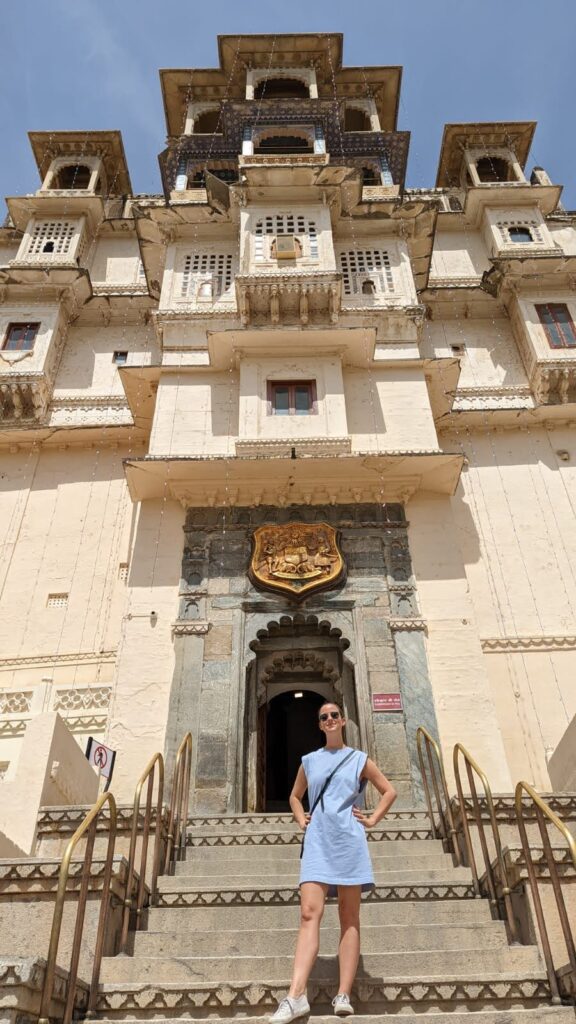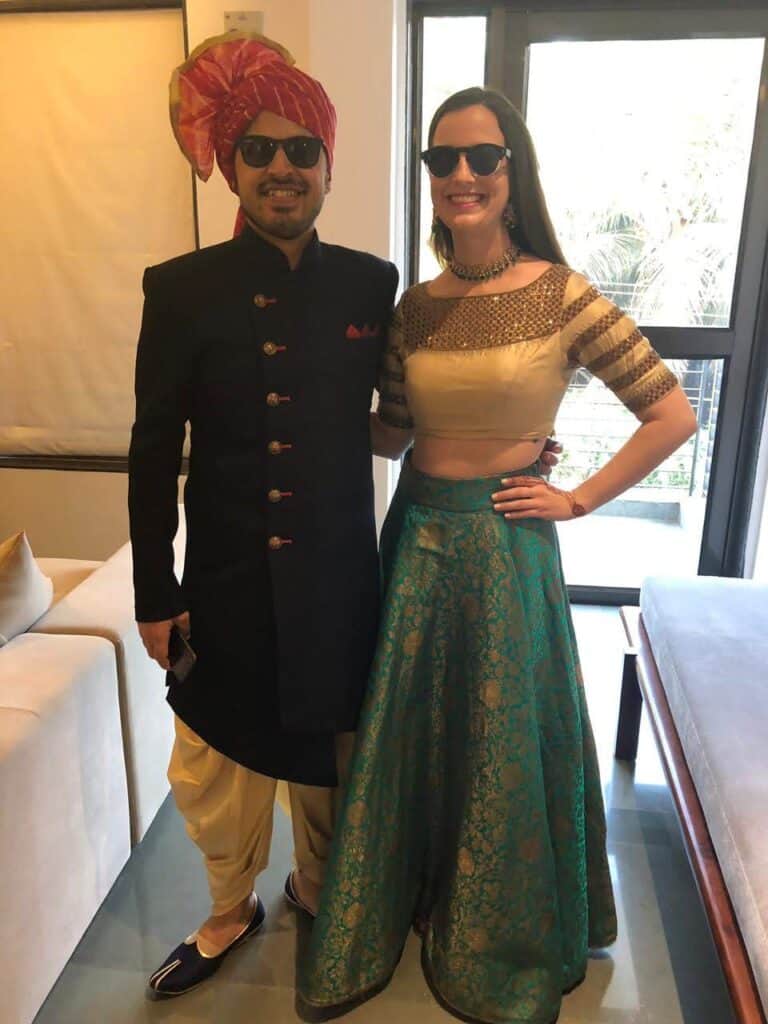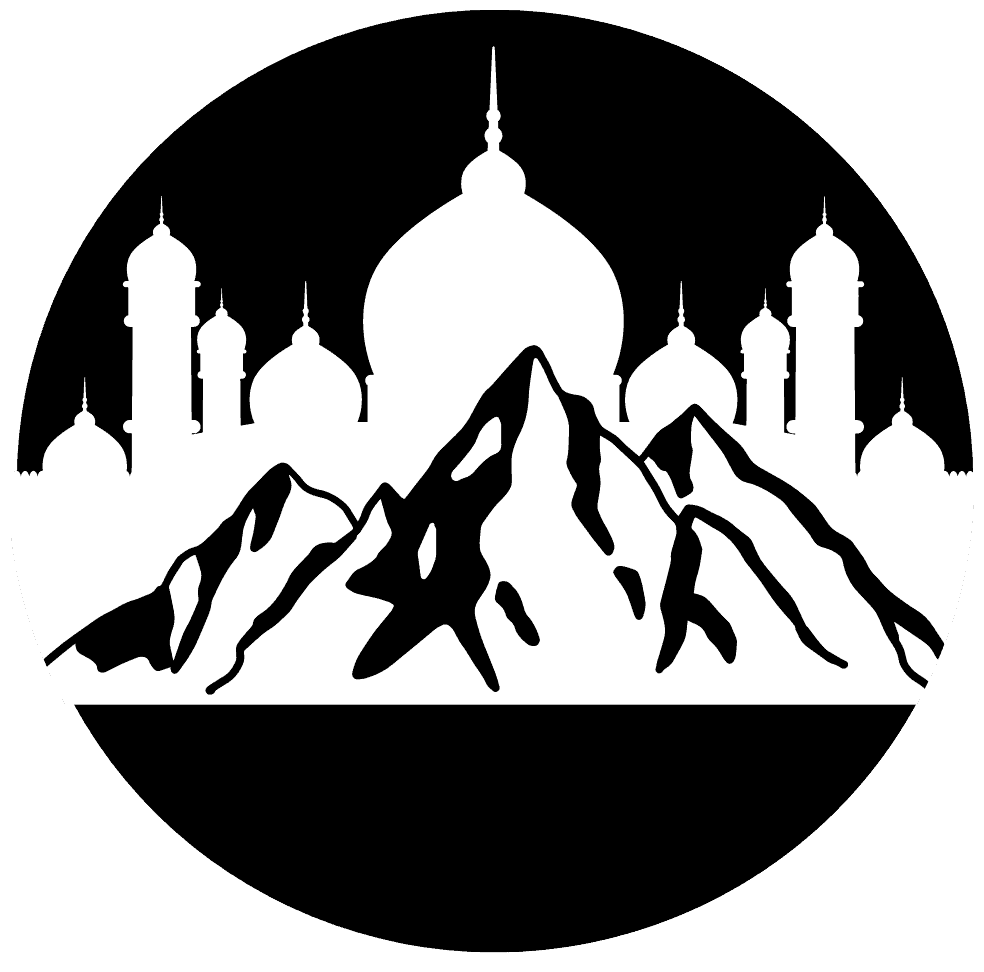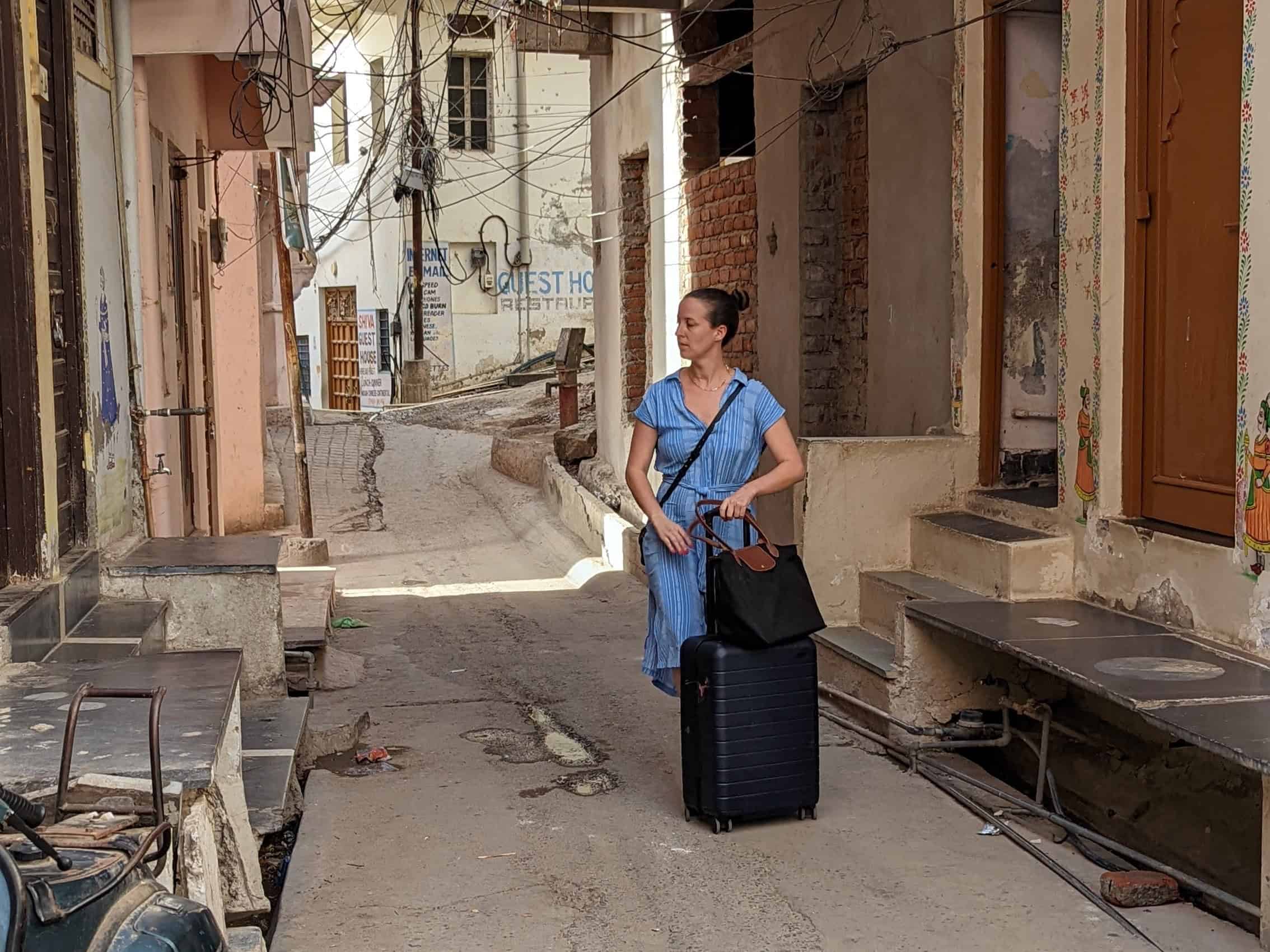What To Wear In India: Essential Tips For Tourists
Are you planning a trip and wondering what to wear in India? I’ve got you covered! I lived in Mumbai for over a year and have taken numerous trips to India so you can trust my honest advice.
The two most important things to consider when planning what to wear in India are the weather and where you plan to visit. What I recommend packing varies greatly depending on time of year.
Generally speaking, the northern and eastern parts of the country have distinct harsh summers and cold winters while the southern part of the country is hot in the summer and temperate in the winter.
For example, if you visit Rajasthan in the winter you’ll want layers because it’s a desert climate that gets warm during the day and cool at night. If you visit Mumbai in the summer, be prepared for lots of heat and humidity. If you’re venturing up to the Himalayas, you’ll need practical clothing like hiking boots and a jacket for the cold.
Cultural Context For What To Wear In India
It’s important to understand that India is a land of diverse cultures, religions, and climates. What might be appropriate attire in one area could be entirely different in another.
Overall, Indian society can be more conservative compared to Western norms, especially in rural areas and religious sites. So sometimes modesty is more called for in your clothing choices. But if you are in international cities like Mumbai or Bangalore or beach destinations like Goa, you’ll find the fashion is similar to places like the US and Europe. I wore my crop tops and denim shorts in Mumbai to stay cool in the heat all the time!
As a tourist, it’s important to respect local culture. Understanding cultural context will make your trip more enjoyable because you’ll feel more comfortable on your travels.
Essentials for Your India Packing List
Here are my top suggestions for what to wear in India.
Lightweight, Breathable Fabrics
India’s climate can range from scorching hot to pleasantly cool depending on the season and region. Pack lightweight, breathable fabrics like cotton and linen to stay comfortable in the heat. Lighter fabrics allow better air flow, which is essential in India’s humidity.
I recommend linen pants and cotton shift dresses.
Modest Clothing
Generally speaking, North India can be more conservative. If you are traveling in North, especially in destinations that are off the beaten path, you’ll want to dress more modestly.
Loose-fitting clothing that covers the shoulders, chest, and knees is recommended, particularly when visiting religious sites or rural areas. There are plenty of options that keep you both covered and comfortable.
I recommend maxi dresses, loose pants, and tops with flowy sleeves. A lightweight short sleeved cardigan top is perfect for adding on top of tank tops.
Comfortable Footwear
With its busy streets and diverse terrain, comfortable footwear is a must in India. for closed-toe shoes or sandals with straps that securely hold your feet.
Even in cities like Mumbai, foot paths are not everywhere. You’ll frequently need to divert onto the street due to vendors on the footpaths or potholes. I found wearing heels is more advisable for dinners or going out when you are just going from a cab into a restaurant or a club. If you are exploring or sightseeing, don’t wear flip flops, flimsy sandals, or heels.
If you plan on visiting religious sites, carry a pair of socks to wear inside temples where you might be required to remove your shoes. Sometimes even socks are not allowed and you’ll need to go barefoot (like at the Golden Temple in Amritsar).
Scarf or Shawl
A lightweight scarf or shawl serves multiple purposes in India. It can provide warmth during cooler evenings, cover your shoulders when visiting religious sites, or even double up as a makeshift head covering in certain areas.
I recommend a versatile scarf/shawl that can be worn many ways.
Cultural Attire
Embracing local fashion is part of the fun of traveling! It can enhance your experience and interactions with locals. Consider purchasing traditional Indian attire like saris, or kurta pajamas for special occasions or cultural events.
If you are attending a wedding on your trip, here is my guide on What To Wear To A Indian Wedding As A Non Indian Guest.
What to Wear In India: Different Regions
Be sure to understand the season before you travel, weather in India can vary greatly, especially during the monsoon season.
What To Wear In North India
If you are visiting places like Delhi and Rajasthan here are some things to keep in mind.
- Daytime: Loose cotton tops paired with lightweight pants or skirts.
- Evening: Light layers such as shawls or scarves to combat cooler temperatures.

What To Wear In South India
If your travel plans include places like Kerala or Tamil Nadu, here’s what to pack.
- For women: cotton or linen dresses
- For men: cotton t-shirts
- For beaches: Women can wear one-piece or two-piece swimsuits. I wore bikinis on the beach and felt comfortable. Be sure to bring a cover-up or sarong for when not on the beach.
What To Wear In Hill Stations
If you are headed to mountainous areas like Shimla or Darjeeling or Northeast India like Meghalaya, prepare for cooler temperatures. It will often be warm during the day but drop drastically in the evenings.
- Layering is key; pack sweaters, jackets, and shawls for cooler temperatures.
- Warm layers with scarves or shawls for being able to easily add or remove a layer.
What To Wear At Religious Sites in India
If you’re visiting cities like Varanasi or Amritsar, be sure to have some conservative options for sightseeing.
- Consider modest attire like long skirts or loose pants paired with tops that cover shoulders.
- Avoid wearing revealing clothing or clothing with offensive imagery out of respect for religious sentiments.
What To Wear To Weddings in India
If you’re lucky enough to attend a celebratory event like a wedding or a Diwali party, then I recommend a traditional vibrant and embellished outfit like a lehenga or anarkali suit.
What to wear for women:
- Lehenga: A lehenga is a two-piece outfit with a long skirt and a matching or contrasting blouse, often accompanied by a dupatta (long piece of fabric for draping). This is considered the most formal of the options.
- Anarkali Suit: For a more comfortable yet traditional option, an Anarkali suit. It is a long, frock-style top paired with slim bottoms. It’s easy to move around in.
- Sharara: A sharara consists of a long, flowing pair of trousers that flare out dramatically from the knee. It is often paired with a long tunic or kurta and a dupatta.
- Saree: A popular choice, sarees are a long piece of fabric that is draped around the body with a blouse-like top underneath the draping. Although, draping a saree is a skill itself and something to consider if you’re not familiar with it or don’t have someone available to drape it for you. Sarees are available in many colors, fabrics, and designs.
What to wear for men:
- Jodhpuri suit is a formal evening suit. It is a blend of Indian and western style and is considered a modern and fashionable outfit.
- Kurta-Pajama: A more relaxed yet traditional option, consisting of a long shirt (kurta) and a pair of light, comfortable trousers (pajama). You usually pair this with a Nehru Jacket.

TLDR: What To Wear In India
Dressing appropriately in India is not just about adhering to cultural norms; it’s also about ensuring your comfort for a better travel experience. By respecting local customs, and choosing practical attire, you’ll be prepared to navigate the busy streets and diverse landscapes throughout India.

